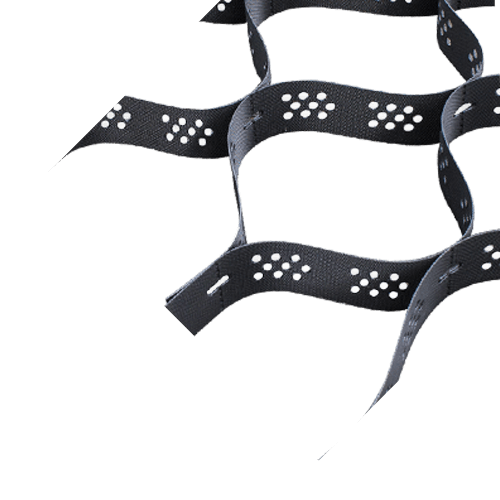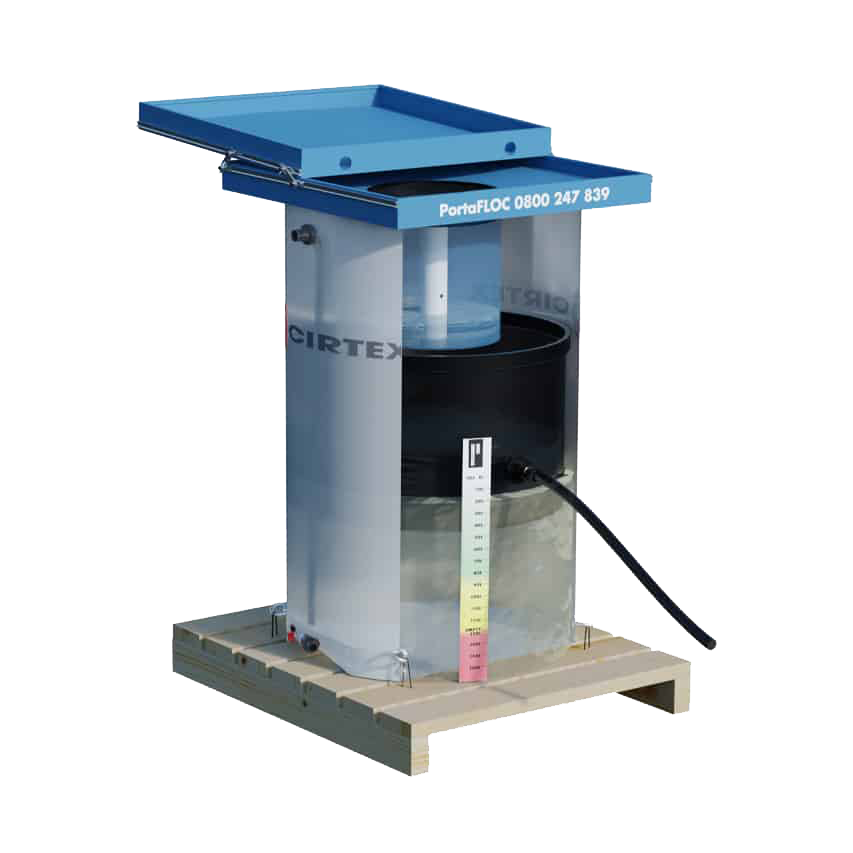Redoubt Road, Auckland – StrataWeb® Geocell
Project Details
Contractor
Client
Engineer
Location
Cirtex Regional Contact
Project Information
The Redoubt Road Reservoir currently processes over 80% of Auckland’s daily treated water supply. The two existing reservoirs have capacity for 120 million litres, but with Auckland’s population predicted to grow by 700,000 to 1 million over the next thirty years, a third reservoir is being built, increasing capacity to 165 million litres, with the site having room for eight reservoirs in total.
During earthworks stages, the entire gully was dug out and reshaped to lay the platform for the third reservoir, with an access road created from Mill Road so pre-cast concrete slabs could be brought in. With over 200,000 tonnes of onsite clay being moved, several Sediment Retention Ponds using PortaFloc and T-Bar decants were placed around the site. The initial function of ponds was for sediment retention during the earthworks phase, managing silt runoff and clean water discharge.
Once each area of construction neared completion, however, each pond would be converted into a vegetated dry basin for filtering stormwater.
DESIGN
To help create a natural filter once the PortaFloc and decant systems were removed, the banks of each Sediment Retention Pond would be lined with topsoil, allowing grass to grow, but with such steep batters, the soil needed to be stabilised. StrataWeb Geocell is designed to contain soil material on steepened slopes, where without StrataWeb, the soil would simply slip from the banks and end up settling at the bottom of the pond.
A layer of impermeable High-Density Polyethylene was designed to line the banks to aid in water retention. Normally placed directly onto the slope’s soil or clay layer, for this project, the StrataWeb was stretched over the top of this HDPE layer. The geocell was then filled with topsoil and planted, allowing any sediment within the runoff to naturally be filtered into the grass and soil, allowing only clean water to enter the stormwater system.
INSTALLATION
Each Sediment Retention Pond was covered with StrataWeb reinforcement as construction within its catchment area neared completion. Secured at the top of each slope within an anchor trench, the StrataWeb geocell was then stretched down the slope. Normally pinned in place using DuraMat pins or ARGS anchors, BECA requested in this case that no pins be placed through the protective HDPE liner separating the StrataWeb from the bank below. To further protect the HDPE liner during installation, geotextile was laid beneath the StrataWeb. The geotextile gripped onto the StrataWeb, and once filled with topsoil, it would help hold the StrataWeb in place along with the anchor trench and the tendons running through the StrataWeb.
As construction continued, each retention pond was lined with StrataWeb and seeded, helping to return this large earthworks site to a more natural state, while successfully filtrating silt and sediment runoff away from the city’s stormwater system.
The StrataWeb system used provided the following benefits to the project:
- Stabilises topsoil on steep slopes
- Retain soil and root systems while new plants grow
- Prevents erosion






